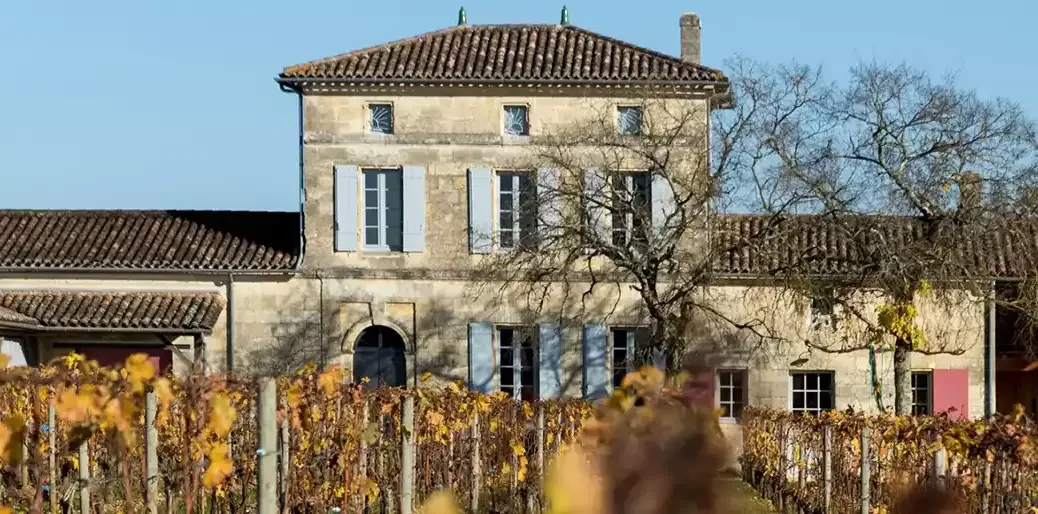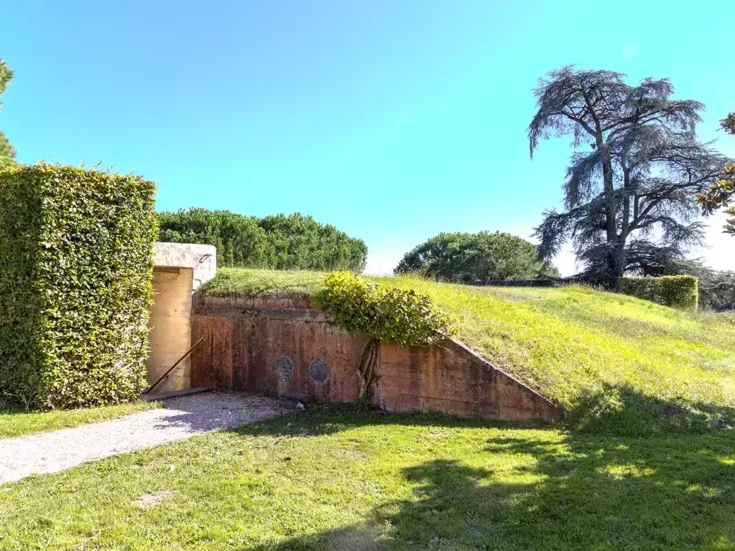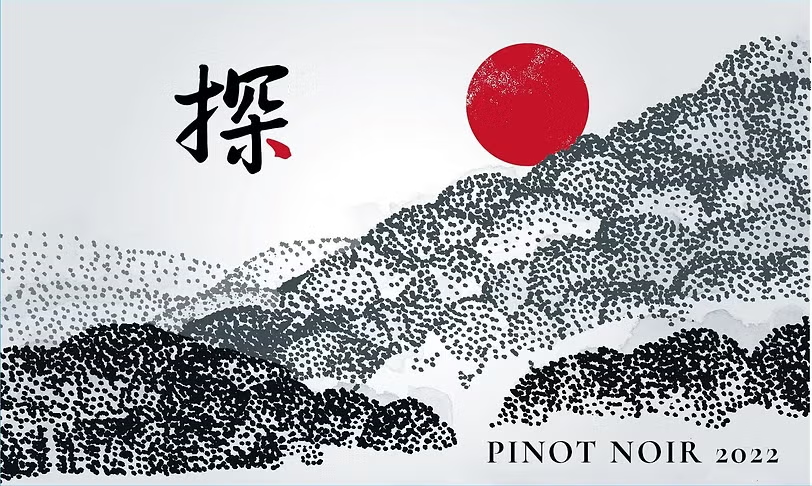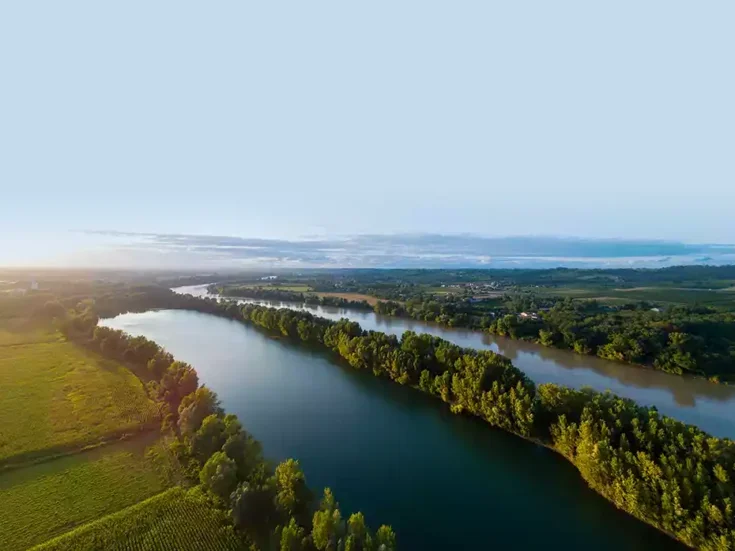
The only remotely dispiriting news to come from Château Lafleur this year is that someone, an unnamed wine professional of not insubstantial girth, has broken their famous swing, which used to hang from the yew tree directly in front of the property. The French for swing is, of course, La Balançoire. Is this a subliminal warning of some kind? Most definitely not, but I do hope that they manage to replace it. A far cry from Fragonard’s eponymous rococo painting for sure, too bucolic for even the most modest of fêtes galantes.
The unassuming nature of property and wine alike are part of the appeal. Neighbors on the Pomerol plateau include Vieux Château Certan, Le Gay, Hosanna, and Petrus itself; Lafleur, somehow, and not merely because it is not part of the Moueix empire, has always felt a little different. Why? The easiest questions are always the best: Because it is different! This pocket handkerchief of a vineyard (4.85ha [12 acres]) and almost a perfect square), this “petit jardin,” despite proximity to the famous blue clay of the plateau, is in fact made up of a far more significant percentage of gravel. Only one cigar-shaped enclave, running diagonally west to east across the handkerchief, has soil more closely approximating the norm, and the fruits of this plot are reserved for the label Les Pensées. Lafleur itself, therefore, is something of an anomaly within the Pomerol taxonomy.
Lafleur’s varietal point of difference
But not only in terms of the soil. The other, far from inconsequential, point of difference centres on the encépagement, with an unusually high (over 50%) proportion of the vineyard being devoted to the Bouchet variety … Sorry, which variety? Bouchet. The Right Bank name for Cabernet Franc, and in this instance, a scion of genetically maintained plants from the 1930s. Paterfamilias Jacques Guinaudeau jokes that his forbears were far too parsimonious to plant new vines (however productive Merlot might prove to be) and battled long and hard, after the frosts of 1956, to save their heritage grape. Bouchet is now key to their two Pomerol wines; Lafleur (more gravel than clay); Les Pensées (more clay than gravel) and just to prove a point, a gem from another vineyard, this one close to Fronsac, and called Les Perrières (predominantly limestone, which used to be quarried locally).
The versatility of Bouchet is thus demonstrated with eloquence. Winemaker Omri Ram maintains that “true” Bouchet can only be found at Lafleur, at Cheval Blanc, and at Ausone, both, it has to be said, less likely to flag it specifically by name. The difference between Bouchet and Cabernet Franc lies in the genetic selection historically applied to all the property’s reds (the whites develop the theme and add their own twist). Omri cites the texture of Bouchet’s tannins and its silky caress at the back of the palate as key signifiers. None of the bell pepper or slightly herbaceous notes that sometimes make Cabernet Franc challenging, especially in youth. The age of the vines and the quality of the soils also have a contribution to make, no doubt. Jacques also praises his careful ancestors for not spending money on pesticides and the like, thereby preserving the unique DNA of the vineyard.
A very special place, then, with an uplifting ambiance. The esprit de corps instilled by Baptiste (son of Jacques and now co-owner) and Julie (his wife) is clear when one chats with members of the technical team such as Omri or Ralitsa Todorieva. There is a firm belief and a genuine pride in a project which has been nurtured with precision and skill. The wines are all outstanding and now highly valued throughout the world. I very much expect that the swing will have been restored by the time of my next visit. I have made a mental note, however, not to try and sit on it. Not, of course, that I was the culprit this time! Its absence has had no bearing whatsoever on the quality of the excellent wines from 2023, thankfully.
Bordeaux 2023 Field notes: Out of sorts?
Bordeaux 2023 Field notes: Château La Tour Figeac—La Chartreuse de St-Emilion
Bordeaux 2023 Field notes: House of cards
Bordeaux 2023 Field notes: Single spies
Bordeaux 2023 Field notes: The endless appeal of Sauternes






